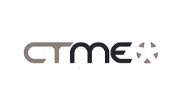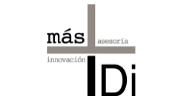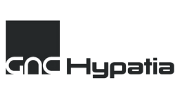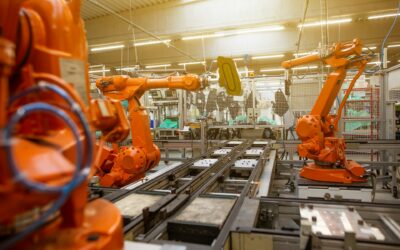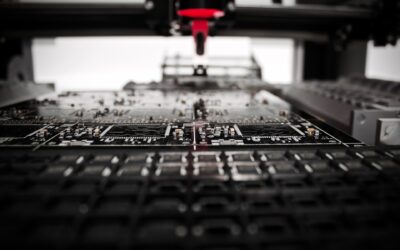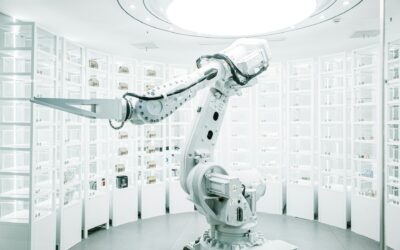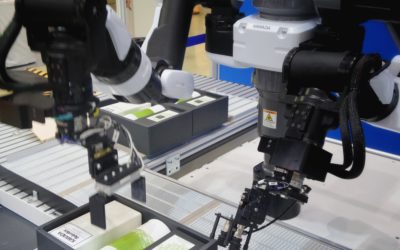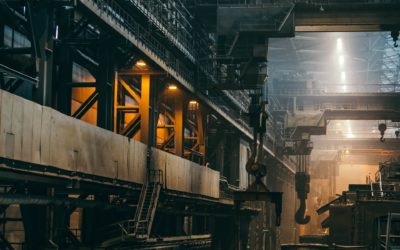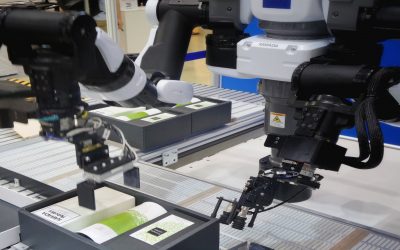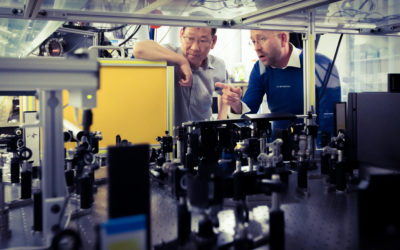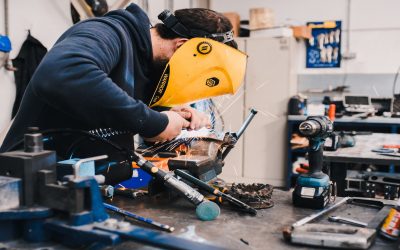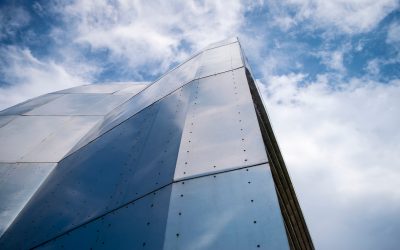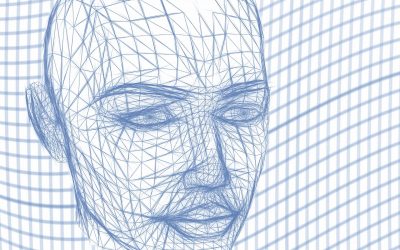CARTIF PROJECTS
MODINTECO
Prototypes of Automatic Tool Changers for milling machines
Description
The MODINTECO project “Automatic Modular, Intelligent, Universal and ECO-Designed Tool Changers” was co-financed by the Ministry ofEconomy and Competitiveness, through the INNPACTO 2012 call. The project consortium is formed by HYPATIA GNC ACCESORIOS, APEX integral Engineering, MASIDI Engineering, CARTIF and CTME.
Prototypes of Automatic Tool Changers were developed for milling machines, modular and adaptable, intelligent and autonomous, universal, ecodesigned, standarized, compact, without hydraulic and competitive systems.
Objectives
The main objective of the project was to develop prototypes of Automatic Tool Changers (known in the sector as ATC, acronym from the Automatic Tool Changer) for milling machines, with the following characteristics: Modular and adaptable, Intelligent and autonomous, Universal, Ecodesigned, Standarized, Compact, Without hydraulic and Competitive systems.
Actions
- The ATC modules have been optimized for 7 types of machine tools.
- Improving Hypatia´s competitiveness, minimizing supply times, maintenance cost and Eco-design with the requirements of the ErP Directive.
- CARTIF carried out the mechanical redesign, digital models, kinematic and dynamic theoretical studies, search of commercial elements, detailed engineering, FEM and the necessary documentation.
Expected Results
The systems are characterized by:
- Modular, Compact, Standardized and Adaptable to the largest number of ATCs, with a low percentage of warehouse references and a high number of commercial parts, versatile and compact, easy to transport and low plant occupancy.
- Universal, Intelligent and Autonomous, with an independent control system that communicates with as many machine tools as possible.
- Eco-designed according to the ErP Directive.
- Competitive in price and easier maintenance, without hydraulics.
Partners
INNPACTO
IPT-2012-0408-020000
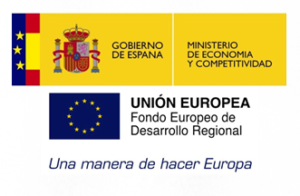
Total Budget: 805,626.17 €
CARTIF Grant: 175,155.07 €
Duration: 2012-2014
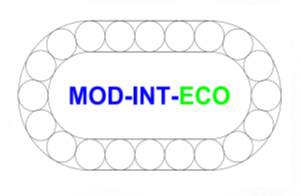
Team
Norberto Ibán Lorenzana
Division of Industrial and Digital Systems
Networking
Industrial Solutions Projects:
Incorporation of new equipment and processes to improve the advance digital manufacturing laboratory
Acquisition of advanced technological elements to enhance rapid prototyping services, as well as to support specific developments in the challenging processes of creating objects that are not available on the market or are costly to produce in limited quantities.
LIXIV-IA
LIXIV-IA proposes the development of solutions based on artificial intelligence (AI) and big data for the optimisation of the operation of autonomous containerised plants.
HUMAIN
HUMAIN focuses on industrial research and the creation of synergies in two use cases of complex production processes: Vertical enabling technologies and boosting these technologies by using AI, IIoT and machine vision.
STARCONNEXION
StarConnexion aims to lay the scientific and technological foundations for the application of Artificial Intelligence in quality management in long steel mills based on all possible variables that affect the final quality of the product.
Damperdoor
DAMPERDOOR looks to develop a competitive system and of high benefits for sliding doors in furniture sector. These features aim for a self-controlled closure, independent of the excessive force that a user may bring to the closing action, thus avoiding shocks and with the ability to complete the travel to a full and accurate closure.
5R
The 5R Network, Cervera network in Robotic technologies for intelligent manufacturing, has as its mission to establish a collaborative network, equipped with the necessary technology, tools and infrastructures to act as a driving force for the development and introduction of new robotic technologies in the industrial fabric.
REVAMP
The main objective is to develop, adapt and apply new technologies to improve the efficiency in the use of raw materials and energy of processes that take place on metallurgy industries.
AGROVIS
“Intelligent Visual Computing for products/processes in the agri-food sector” is an industrial research project framed in the field of computer vision (digital enabler of Industry 4.0) associated with the agrifood sector.
Intrusión-G4
The Intrusion-G4 project seeks new technologies to overcome the challenge of increasing the degree of security of the intrusion detection sensors currently available on the market.
TRREX
The TRREX project (Extended Range Robot Enabling Technologies for the Flexible Factory) investigates and develops technologies that contribute to the deployment of mobile industrial robots for the factories of the future. These systems will increase the flexibility of the plants and allow the optimization of industrial processes, improving their productivity.
NUMASTA
NUMASTA allows the development of a new generation of FRP sandwich panels for its application in the wastewater treatment sector. The distinguishing characteristic is presented in its core, based on a polyurethane foam, manufactured using formulations designed “à la carte” through a manufacturing process in a single stage where the curing process of the leathers and the foaming of the core take place in a synchronous
I-visart
i-Visart, “New artificial vision methodologies for the visual inspection of highly reflective and textured surfaces”.
It is an industrial research project framed in the field of computer vision (digital enabler of industry 4.0) associated with the industrial sector.
HABITAT-RA
CARTIF, has designed and developed a new module based on AR for smart glasses based on the recognition of QR markers to launch the experiences of AR, particularized for three technological pilots: Risk identification, Management of machine maintenance and Machine status monitoring
PUMAN
A new intelligent system has been developed for manual assembly positions in the industry. This system aims to minimize assembly errors by operators by validating operations, providing information and guiding the operator in real time through a man-machine interface based on Augmented Reality
DISCOBOLO
Nowadays in hot and cold lamination of “long” elements only the detection of punctual defects are made, not longitudinal defects. Therefore, the technological leap and the differentiating key of future products is to detect both, punctual and longitudinal defects on the production of flat steel in the rolling process, either the cold or hot process.
MARCA
MARCA provides the maintenance operator with tools that facilitate access to content, communications and technologies necessary for the guidance, support and registration of maintenance work. It is based on technologies of augmented reality, mobility and communication, as well as a knowledge base for incident management.
INCEPTION
INCEPTION develops new methods and tools for automated 3D modelling and analysis of European cultural assets proposing advancements on hardware and software, as well as new approaches for Cultural Heritage 3D data inclusive access and exploitation by means of the so called INCEPTION-Platform.
CALYPSO
The purpose of the CALYPSO project is that the inspection process can be enriched by automatic pattern recognition techniques.

